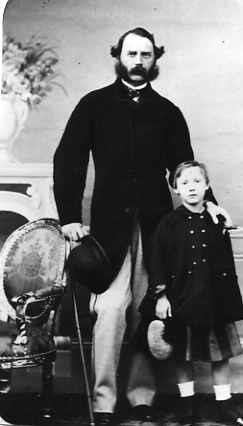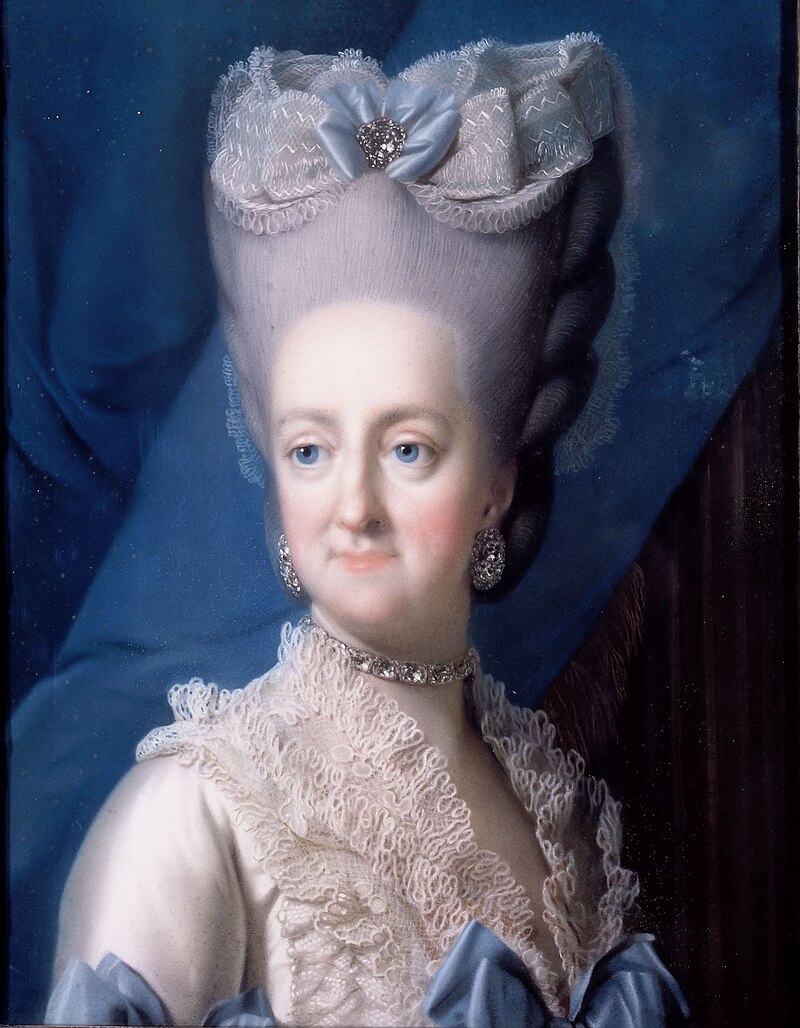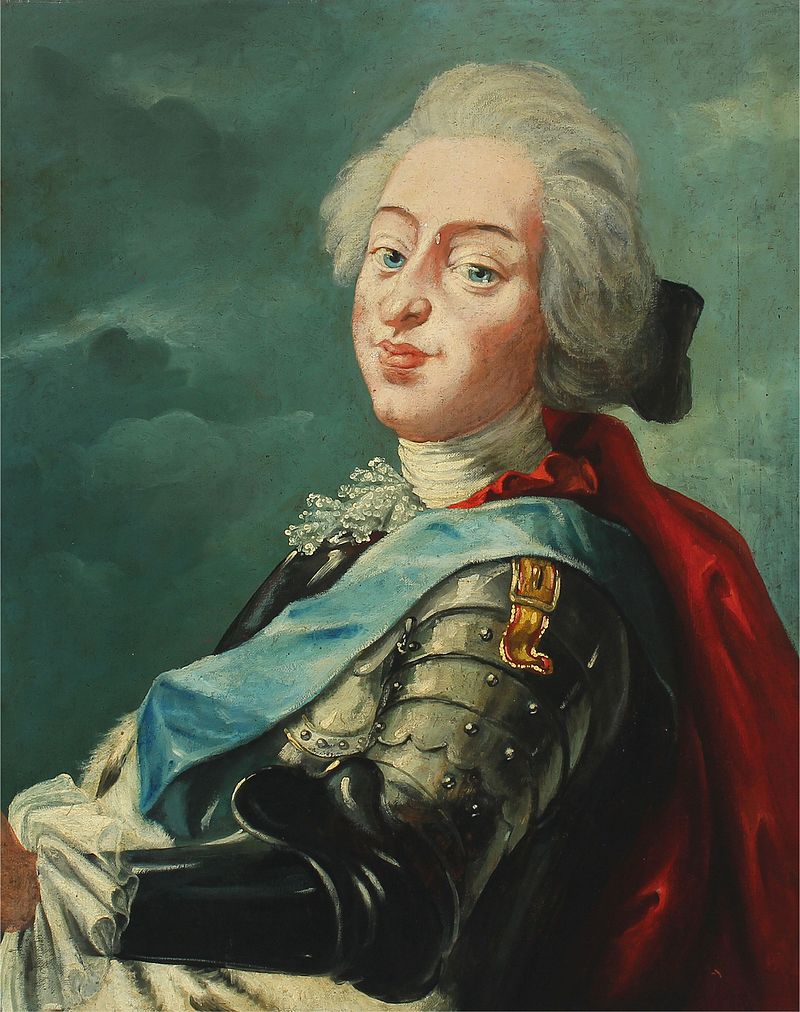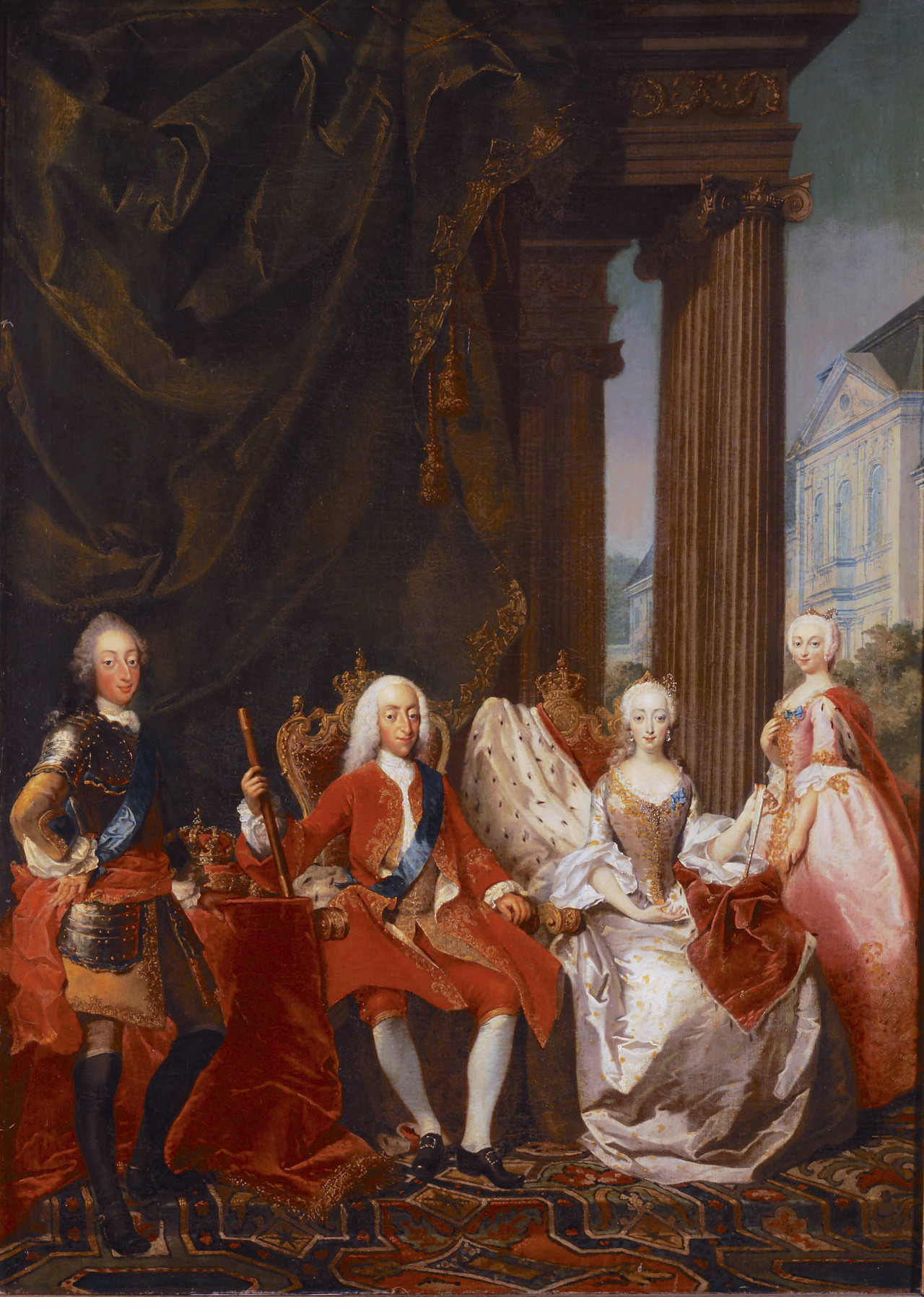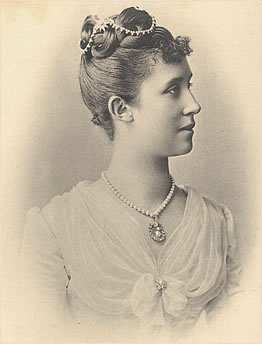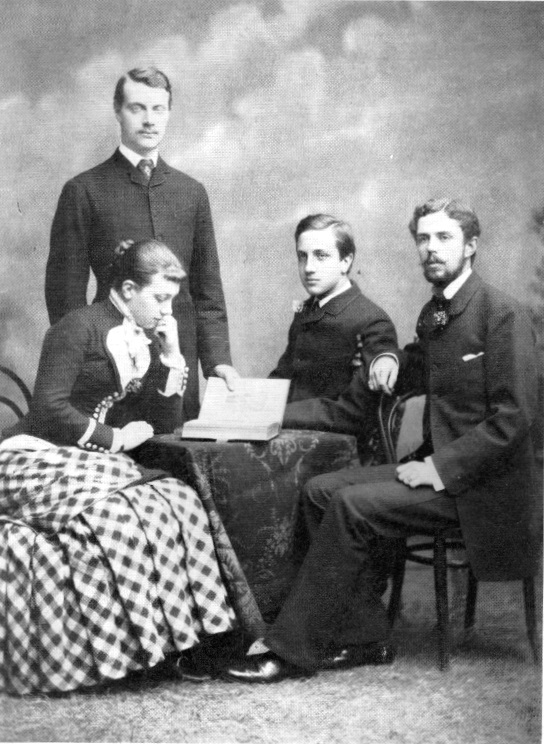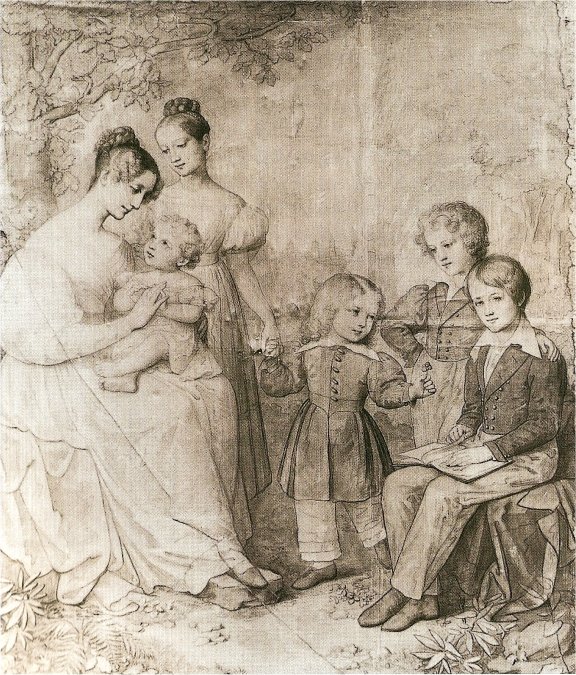by Susan Flantzer
- Captain The Right Honorable Neil James Archibald Primrose
- Timeline: November 1, 1917 – November 30, 1917
- A Note About German Titles
- November 1917 – Royals/Nobles/Peers/Sons of Peers Who Died In Action
********************
Captain The Right Honorable Neil James Archibald Primrose

Photo Credit – Wikipedia
One of the 25 Members of Parliament who lost their lives during World War I and a peer’s son, Captain The Right Honorable Neil James Archibald Primrose was the younger son and the youngest of the four children of former Prime Minister of the United Kingdom Archibald Primrose, 5th Earl of Rosebery and Hannah de Rothschild, granddaughter of Baron Nathan Mayer Rothschild, who had founded N M Rothschild & Sons, the English branch of the Rothschilds’ banking empire.
Neil was born on December 14, 1882 at the family home Dalmeny House in Midlothian, Scotland. He was educated at Eton and Oxford where he played with the Oxford University Polo Club.

Neil Primrose, 1910; Photo Credit – Wikipedia
Neil had three older siblings:
- Lady Sybil Primrose (1879–1955), married General Sir Charles Grant, had one son
- Lady Margaret Primrose (1881–1967), married Robert Crewe-Milnes, 1st Marquess of Crewe, had two children
- Albert Edward Harry Meyer Archibald Primrose, 6th Earl of Rosebery (known as Harry) (January 1882 – 1974), married (1) Dorothy Grosvenor, had two children, divorced (2) Dame Eva Bruce (DBE), had one son Neil Primrose who succeeded his father as the 7th Earl of Roseberry

Lady Victoria Stanley and The Honorable Neil Primrose; Photo Credit – Daily Mail Historical Archive, 1915
On April 7, 1915, Neil married Lady Victoria Stanley, daughter of Edward Stanley, 17th Earl of Derby and Lady Alice Montagu. Neil and Victoria had one daughter:
- Ruth Primrose (1916 – 1989), married Charles Wood, 2nd Earl of Halifax, had two daughters and one son

Caricature of Neil Primrose by unknown artist, pen and ink, early 20th century, NPG D9908 © National Portrait Gallery, London
Neil followed his father into politics and was elected in 1910 as a Member of Parliament for Wisbech. He served as Under-Secretary of State for Foreign Affairs and Parliamentary Secretary to the Treasury. In June 1917, he became a member of the Privy Council. (Note: Neil had the courtesy style “The Honorable” as the son of an Earl. Members of the Privy Council use the style “The Right Honorable.”)
When the United Kingdom declared war on Germany in August 1914, Neil joined the Royal Buckinghamshire Yeomanry as a Lieutenant. He was promoted to Captain in 1915 and was awarded the Military Cross in 1916. Neil died at the age of 34 on November 15, 1917 from wounds received in action at Gezer, Palestine while leading his squadron against Turkish positions on the Abu Shusha Ridge during the Sinai and Palestine Campaign of the Third Battle of Gaza. He was buried in the Ramleh Commonwealth War Graves Commission Cemetery in Ramla, Israel.

Grave of Captain The Right Honorable Neil Primrose; Photo Credit – By Zev Gross – Self-photographed, Public Domain, https://commons.wikimedia.org/w/index.php?curid=53298425
On November 19, 1917, Prime Minister David Lloyd George addressed the House of Commons regarding Neil’s death:
“May I be permitted before I sit down to utter one word of another who held an inconspicuous position in the Army but who was well known to all Members of this House. I refer to Captain Neil Primrose. The House knew his bright and radiant spirit well. To his intimates, he was one of the most lovable men we ever met. He had ability far above the average, and, in spite of the reserve and shyness which held him back, his future was full of hope. He had already rendered distinguished service in the field, and for that service he had been recognised at the suggestion of his commanding officer; and he might well, for he had many offers, have occupied positions where he could have rendered services to the public, positions honourable to him, but positions of personal safety and the fact that he had been chosen by his constituents to serve in this House would have rendered his acceptance of these positions honourable to himself. He chose deliberately the path of danger. He fell charging at the head of his troops, at the very moment of victory, and Members of the House will, I feel certain, join me in an expression of deepest sympathy with those whom he has left behind to mourn him.”
********************
Timeline: November 1, 1917 – November 30, 1917

Mud, water, and barbed wire illustrate the horrible terrain at the Battle of Passchendaele; Photo Credit – Wikipedia
- October 31 – November 7 – Third Battle of Gaza in Palestine
- November 1 – 6 – Battle of Tel el Khuweilfe in Palestine
- November 2 – Balfour Declaration: British government supports plans for a Jewish national home in Palestine
- November 7 – The October Revolution begins in Russia, the Bolsheviks seize power
- November 10 – Third Battle of Ypres in Belgium (also known as Battle of Passchendaele) ends
- November 11 – December 23 – First Battle of Monte Grappa in Italy
- November 13 – Battle of Mughar Ridge in Palestine
- November 14 – Battle of Ayun Kara in Palestine
- November 17 – Second Battle of Heligoland Bight in the North Sea
- November 17 – December 30 – Battle of Jerusalem in Palestine
- November 18 – 24 – Battle of Nebi Samwil, a phase of the Battle of Jerusalem, in Palestine
- November 20 – December 3 – First Battle of Cambrai in France
********************
A Note About German Titles
Many German royals and nobles died in World War I. The German Empire consisted of 27 constituent states, most of them ruled by royal families. Scroll down to German Empire here to see what constituent states made up the German Empire. The constituent states retained their own governments, but had limited sovereignty. Some had their own armies, but the military forces of the smaller ones were put under Prussian control. In wartime, armies of all the constituent states would be controlled by the Prussian Army and the combined forces were known as the Imperial German Army. German titles may be used in Royals Who Died In Action below. Refer to Unofficial Royalty: Glossary of German Noble and Royal Titles.
24 British peers were also killed in World War I and they will be included in the list of those who died in action. In addition, more than 100 sons of peers also lost their lives, and those that can be verified will also be included.
********************
November 1917 – Royals/Nobles/Peers/Sons of Peers Who Died In Action
The list is in chronological order and does contain some who would be considered noble instead of royal. The links in the last bullet for each person is that person’s genealogical information from Leo’s Genealogics Website or to The Peerage website. If a person has a Wikipedia page or a website page with biographical information, their name will be linked to that page.
Captain The Honorable Elidyr John Bernard Herbert
- only son of Ivor Herbert, 1st and last Baron Treowen and The Honorable Albertina Denison
- born January 31, 1881
- unmarried
- Captain in the Royal Gloucestershire Hussars Yeomanry
- killed in action November 12, 1917 in Balin, Palestine, age 36
- buried in the Gaza War Cemetery
- http://thepeerage.com/p47181.htm#i471804
**********
Captain The Right Honorable Neil James Archibald Primrose (see above)
- son of former Prime Minister Archibald Primrose, 5th Earl of Rosebery and Hannah de Rothschild
- born December 14, 1882 in Midlothian, Scotland
- married 1915 Lady Victoria Stanley, had one daughter
- Captain in the Buckinghamshire Hussars
- died November 15, 1917 from wounds received in action at Gezer, Palestine during the Third Battle of Gaza, age 34
- buried in the Ramleh Commonwealth War Graves Commission Cemetery in Ramla, Israel
- http://www.thepeerage.com/p1395.htm#i13950

Memorial in St. Gile’s Cathedral, Edinburgh, Scotland; Photo Credit – By Andrewrabbott – Own work, CC BY-SA 4.0, https://commons.wikimedia.org/w/index.php?curid=48508210
**********
Lieutenant The Honorable Alick George Cubitt
- son of Henry Cubitt, 2nd Baron Ashcombe and Maud Calvert
- born January 16, 1894 in London, England
- unmarried
- Lieutenant in the 15th Hussars
- killed in action November 24, 1917 at Bourlow Wood, France during the First Battle of Cambrai, age 23
- his remains were never found, remembered on the Cambrai Memorial to the Missing, Louverval, France
- great uncle of Camilla, Duchess of Cornwall
- two brothers killed in World War I: Henry Cubitt killed September 15, 1916 and William Cubitt killed 24 March 24, 1918
- http://www.thepeerage.com/p6195.htm#i61949
**********
Lieutenant The Honorable Arthur Middleton Kinnaird
- son of Arthur Kinnaird, 11th Baron Kinnaird and Mary Agnew
- born April 20, 1885
- Lieutenant in the Scots Guards
- killed in action November 27, 1917, age 32
- eldest brother Douglas Kinnaird killed in World War I on October 24, 1914
- http://thepeerage.com/p8024.htm#i80238
**********
Major The Honorable Robert Nathaniel Dudley Ryder
- son of Henry Ryder, 4th Earl of Harrowby and Susan Dent
- born December 7, 1882
- married 1908 Beryl Angas, had two children
- Major in the 8th Hussars
- killed in action on November 30, 1917 during the First Battle of Cambrai in France, age 34
- buried at Villers-Faucon Communal Cemetery Extension in Somme, France
- http://thepeerage.com/p22470.htm#i224697




